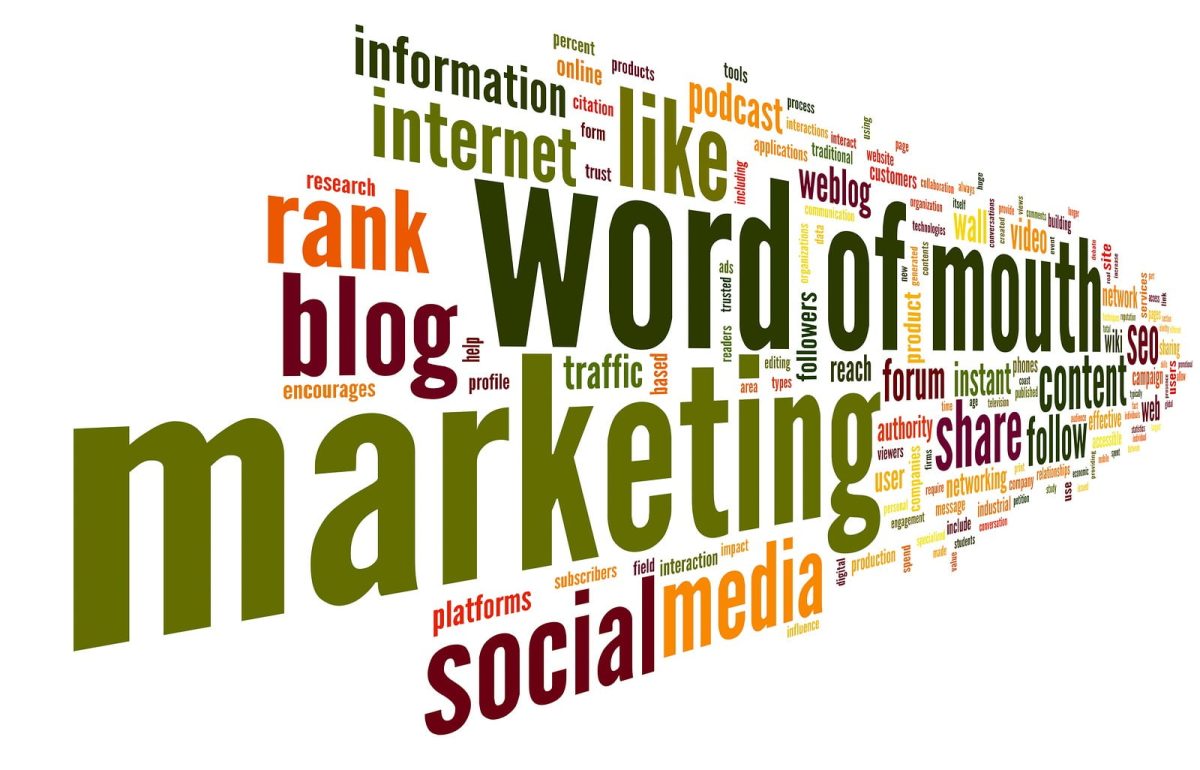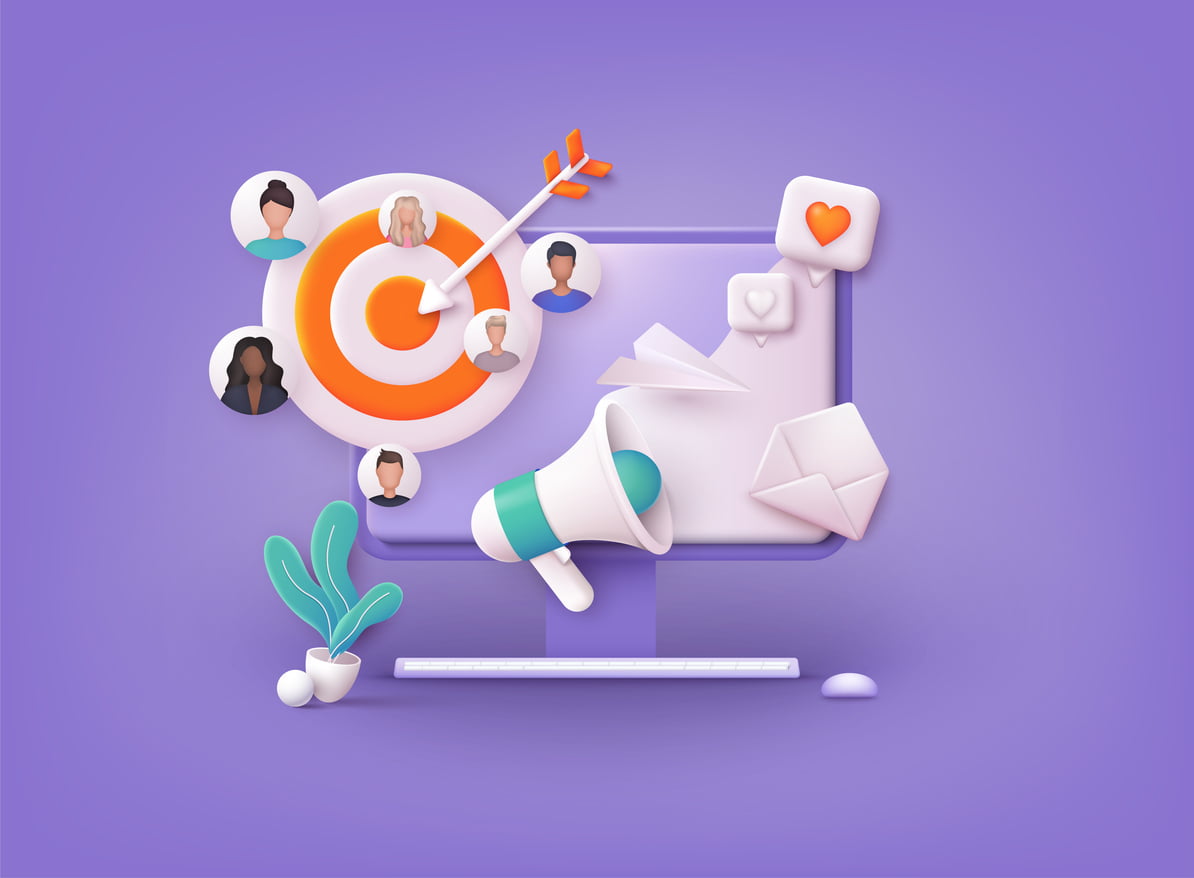
Why The Public Does Not Trust Advertising Anymore
Mark Hale ‐ October 5, 2015
Consumers in the United States are the most BS’d to consumers on the planet. Being one of the largest economies on the planet, the US offers businesses a huge affluent market to promote to and this has lead to the average consumers being overwhelmed and fatigued with advertising. The last research I saw on this  subject about 10 years ago said the average US consumer was exposed to over 1800 advertising messages a day. That is a lot!
subject about 10 years ago said the average US consumer was exposed to over 1800 advertising messages a day. That is a lot!
A recent consumer study found that only 1 in 20 consumers trust the advertising they see and hear. Even worse, more than half of consumers think that companies are only interested in selling their products to them. Therefore, it should not be a surprise that consumers are turning to social media and the Internet and feeling more empowered when it comes to purchasing decisions.
The Internet is a great equalizer for consumers. Now when they get a postcard from you or see your TV ad, they can go directly online and research your company. Roughly 70% of consumers gather information from a variety of sources before making a purchase decision.
Four things prospects look for before buying today:
- Positive & negative reviews.
- Information about the quality of product and value.
- Corporate reputation.
Things you can do to help give them what they are looking for:
- Provide good products and stand behind your products. Today selling a bad product or crappy service is a fast train to business bankruptcy. With social media and online reviews, a dissatisfied customer can spread the word about your bad service faster and further that ever before in our history. Even the world’s best marketing will not convert a crappy product into something fabulous that everyone wants.
- Make sure you are consistent with your message. Repetition builds awareness. Consistent repetition drives interest and generates sales. It really does take customers 3-5 times of seeing a message for it to sink in. It helps if you promote the same message across different mediums.
- Important, use a combination of printed with electronic mediums. Printed materials are very effective in communicating the features and benefits of products. A well-designed brochure or booklet will sit on a client’s desk, while a PDF of a brochure will get lost in an email inbox or spam trap. Digital printing has brought the cost of high quality printed promotional materials way down.
- Relationships are at the heart of trust and must be built interaction by interaction. How do your employees treat the customer? How do you treat your employees? Do you send a follow-up thank you note to customers who have recently purchased from you? These things are pretty simple to do and go a long way as a first step in building customer relationships.

Where do your prospects go to get information about your company and your products? The following are ranked in order:
- They ask family and friends. This one is obvious. Ask a group of consumers, “Who do you trust the most?” and they are likely to say family and friends. What they really mean is “people like me”. This is the driving force behind social media’s strength when it comes to marketing. This is also the basis of creating a strong word-of-mouth marketing program (aka asking for referrals). Yet many businesses today do not ask their customers for referrals. There are several easy things you can do to build your word-of-mouth advertising for your business. It will take your time and attention to do, but can dramatically boost sales and the number of new customers for your business simply by incorporating a referral program.
- Social media contacts. Many people will turn to their Facebook friends and Twitter followers to learn more about a particular business or to even boast about a product or service. Consumers today want to be ensured that the purchase they are about to make is the right one and will stick true to the opinions and reviews they receive from their friends and followers. It is necessary to the viability of your business to handle and clean up customer complaints quickly before the dissatisfaction spreads.
- Amazon. For many consumers, Amazon, the granddaddy of ratings and reviews, is a publisher of product reviews and one of the first places they turn when they shop, regardless of where they eventually buy.
- Third-party review sites. On a local basis, Yelp, Yahoo, SuperPages, Google, and Foursquare are important tools for you to use as a business. They offer reviews and a way to expand your reach into the Internet marketplace.
- Product sites. Aided by ratings and reviews, your retailers’ and manufacturers’ websites are also useful especially since consumers are now using smartphones to gather information on site in your store before they buy. Incorporate QR codes in your POP displays and on your printed product brochures and catalogs. A QR code will take someone directly to a web page about the product or service.
- They do a general online search. This will often bring up your competition too. Fortunately, it is not necessarily the first thing consumers do. Website optimization will help make sure your website ranks high on search engine results.
Today, marketing revolves around control and dissemination. You control the quality of your product, the handling of your customers, and their buying experience. You develop, promote, and disseminate your message as widely as you can, as often as you can.
Today combining traditional mediums with electronic media is vitally important. Do not forget to include printed materials in your promotion. It may sound old fashion, but a full-color printed brochure can be the final nail that drives your message home in the consumers’ buying decision.
High Quality
Printing And Design
Our Services
- Postcard Printing
- Business Brochures
- Booklet Printing
- Flyers
- Signs and Banners
- Customer Thank You Cards
- Websites
- Custom Pocket Folders
Join 1,000s of
happy customers






